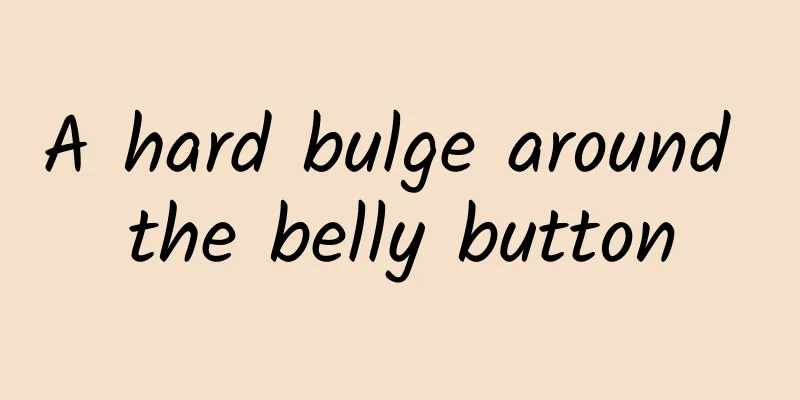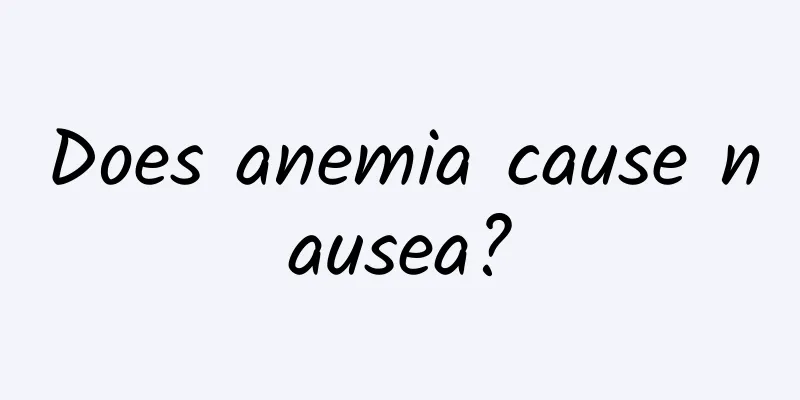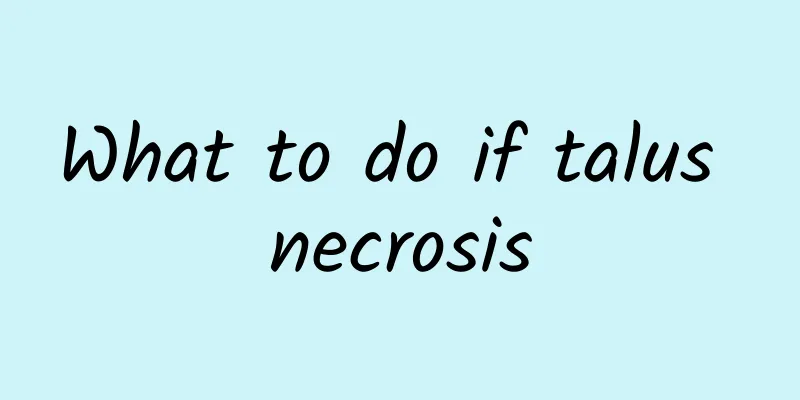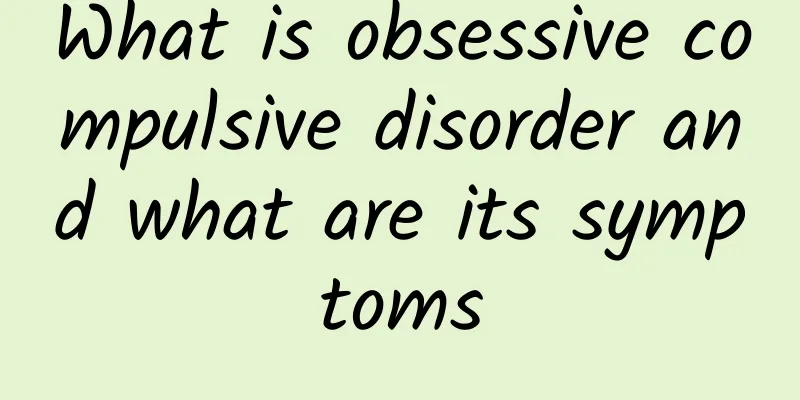Corrective osteotomy

|
As for osteotomy correction surgery, it is actually used more frequently in beauty salons. If some friends are not very satisfied with their facial organs, they can adjust them through osteotomy correction surgery. For example, the nose. Many people have plastic surgery to make their noses look straighter because their noses are not very straight. At this time, osteotomy correction surgery will be used. The technique of correcting crooked nasal bone osteotomy is the basic technique for crooked nose reshaping.
1. Surgical design The midline of the nasal cone and the bottom lines on both sides of the nasal cone are marked as the expected midline of the nasal cone and the lateral nasal edge lines after correction of the crooked nose.
(II) Exposure, separation and osteotomy preparation Fully exposing the abnormally structured and positioned nasal bones, alar cartilages, lateral nasal cartilages and nasal septum cartilages, and cutting off the crooked nasal bones and their surrounding connecting structures are important steps and prerequisites for the repair and reconstruction of the crooked nasal bone stent. When correcting bone deviation through osteotomy, a complete through-incision is first made to separate and lift the bilateral septal cartilage mucosal flaps, and then the lateral nasal cartilage and nasal septum cartilage are separated, and the appropriate repair and reconstruction procedure is selected according to the deformity.
(III) Distorted nasal bone periosteal separation The distorted nasal bone periosteum separation technique includes subcutaneous subperiosteal separation of the nasal bridge and subperiosteal separation of the maxillary frontal process of the nasal bone, followed by submucoperiosteal separation of the nasal bone on the nasal side. When separating the mucoperiosteum on the nasal side of the nasal bone, in order to prevent damage to the mucoperiosteum during separation, 1% to 2% lidocaine epinephrine solution 1 to 2 ml is injected under the mucoperiosteum on the nasal side of the nasal bone. This can not only achieve local anesthetic effects, but also reduce damage to the nasal mucoperiosteum during separation and stop bleeding. After the upper and lower periosteum of the nasal bone are separated, a nasal osteotomy is performed. The bone knife is inserted into the separation cavity to perform a transverse osteotomy. The middle suture of the nasal bone is first chiseled, and then starting from the attachment site of the inferior turbinate, the root of the frontal process of the maxillary bone to the root of the nose is chiseled, so that the nasal bones on both sides and the frontal process of the maxillary bone form a trapezoidal bone block.
(IV) Osteotomy technique To correct the crooked nasal bone and cone structure deformity, it is necessary to correct the upper 1/3 of the bony nasal dorsum, which is accomplished by bone reamers, osteotomies, nasal bone repositioning and inlay transplantation. To correct the crooked nasal cone structure, osteotomy must be performed to disintegrate the deformed nasal cone tripod, move the nasal bones, and create new fractures so that the tripod arch can be reshaped to reconstruct the ideal shape of the nasal dorsum. The specific steps are as follows: 1. Middle osteotomy The osteotomy knife is placed on the lateral nasal cartilage to cut the joint at the top of the tripod of the nasal cone. It is used to correct a wide bony nasal dorsum or severe asymmetry of the bony cone structure, as well as a humpback nasal dorsum deformity. To maintain the height of the nasal dorsum, the bony dorsum must be cut so that the nasal bones can be separated and moved closer to the middle. 2. Lateral osteotomy It is an osteotomy at the junction of the lateral base of the nasal bone and the frontal process of the maxilla, often used to reconstruct the symmetry of the contour of the bony lateral cone structure. Incomplete osteotomy should be avoided during the correction process to prevent greenstick fractures, which lead to a high risk of recurrence after deviated nose correction surgery. Therefore, performing a complete and accurate osteotomy is the guarantee for achieving the perfect postoperative effect expected. 3. Root osteotomy It is a cut at the root of the nasal bone. Root osteotomy completely disassembles and mobilizes the nasal cone tripod, allowing the nasal bone fragments to move to the midline to form a reconstructed nasal cone tripod. In root osteotomy surgery, closed osteotomy can also be used to achieve the goal. After the lateral and middle osteotomies are completed, the superior edge of the nasal bone and the junction of the ethmoid sinus wall can be securely clamped with a vascular clamp and gently shaken. Especially, it can effectively separate and avoid making skin incisions on the sides of the nose or the bridge of the nose. After the above three-way osteotomy is completed, the loose nasal bone tissue or cartilage tissue is cut off, the bilateral nasal bones are adjusted symmetrically so that the midline of the nasal dorsum is located on the midline of the face, and the nasal cone is reconstructed to be vertical and triangular. The cone angle is moderate to correct the crooked nose deformity |
Recommend
Black mole becomes larger and more raised
It is normal to have moles. Some people have them...
Mouse hand symptoms
For those white-collar workers who often stare at...
Vesicular eczema on hands
Vesicular eczema is commonly known as eczema. It ...
What are the symptoms and treatments of kidney deficiency and low back pain?
Generally speaking, if people have kidney deficie...
How to Treat Emphysema
Emphysema is a common disease in our human body, ...
Does low estradiol mean premature ovarian failure?
Low estradiol levels may be a sign of premature o...
Which acupoints should be massaged for headache
I believe that all of my friends have experienced...
What to do if your nipples sag
Breast sagging is quite common in our daily life,...
Lumbar disc herniation
Long-term bending over, sitting for a long time, ...
Pregnant women are at risk for uterine fibroids
Uterine fibroids are a relatively common gynecolo...
Side effects of hyperthyroidism medication
Hyperthyroidism, also known as overactive thyroid...
How to treat white spots on legs?
The human skin is the outermost layer of the huma...
Causes of herpes zoster, treatments for herpes zoster
Shingles is a common clinical skin disease. Gener...
The thing that the heart fears the most is actually this, you would never imagine
What does the heart fear most? ? Something cold! ...
Baby cold medicine
Babies are weak and have no ability to express th...









